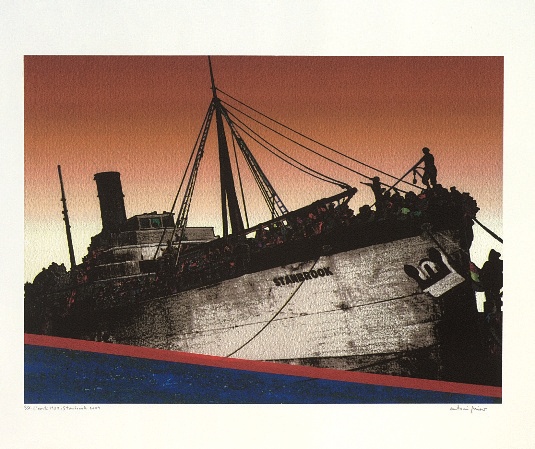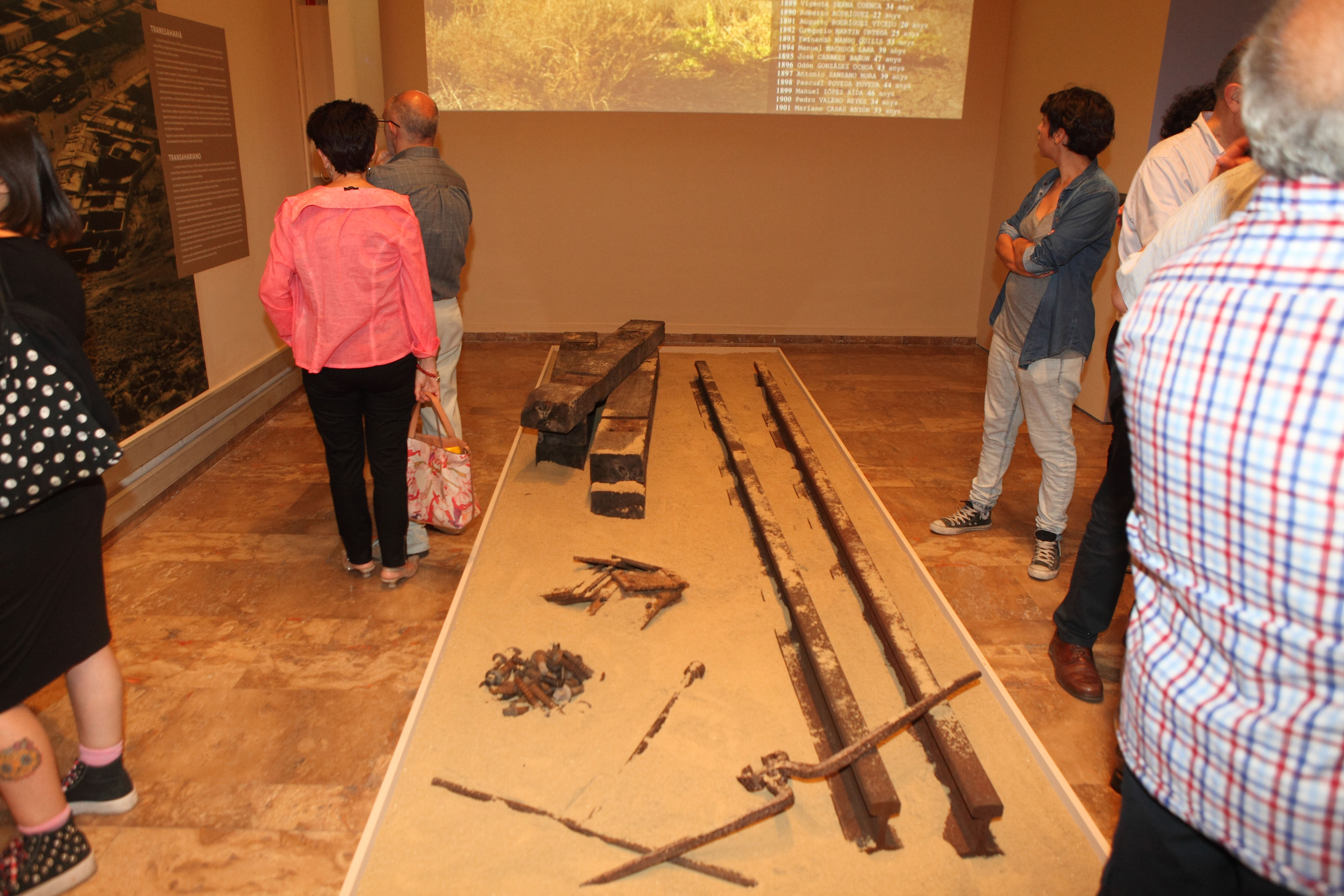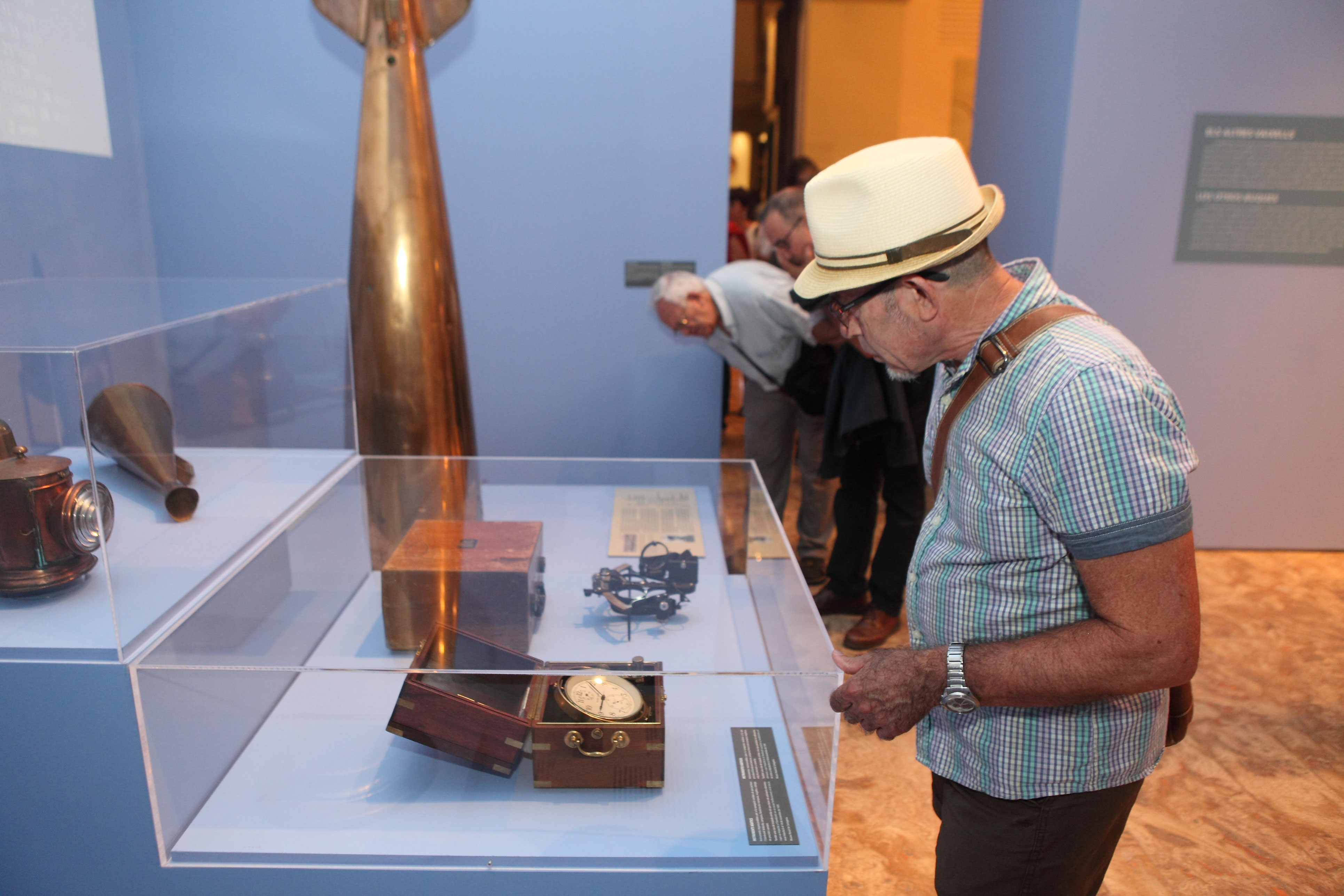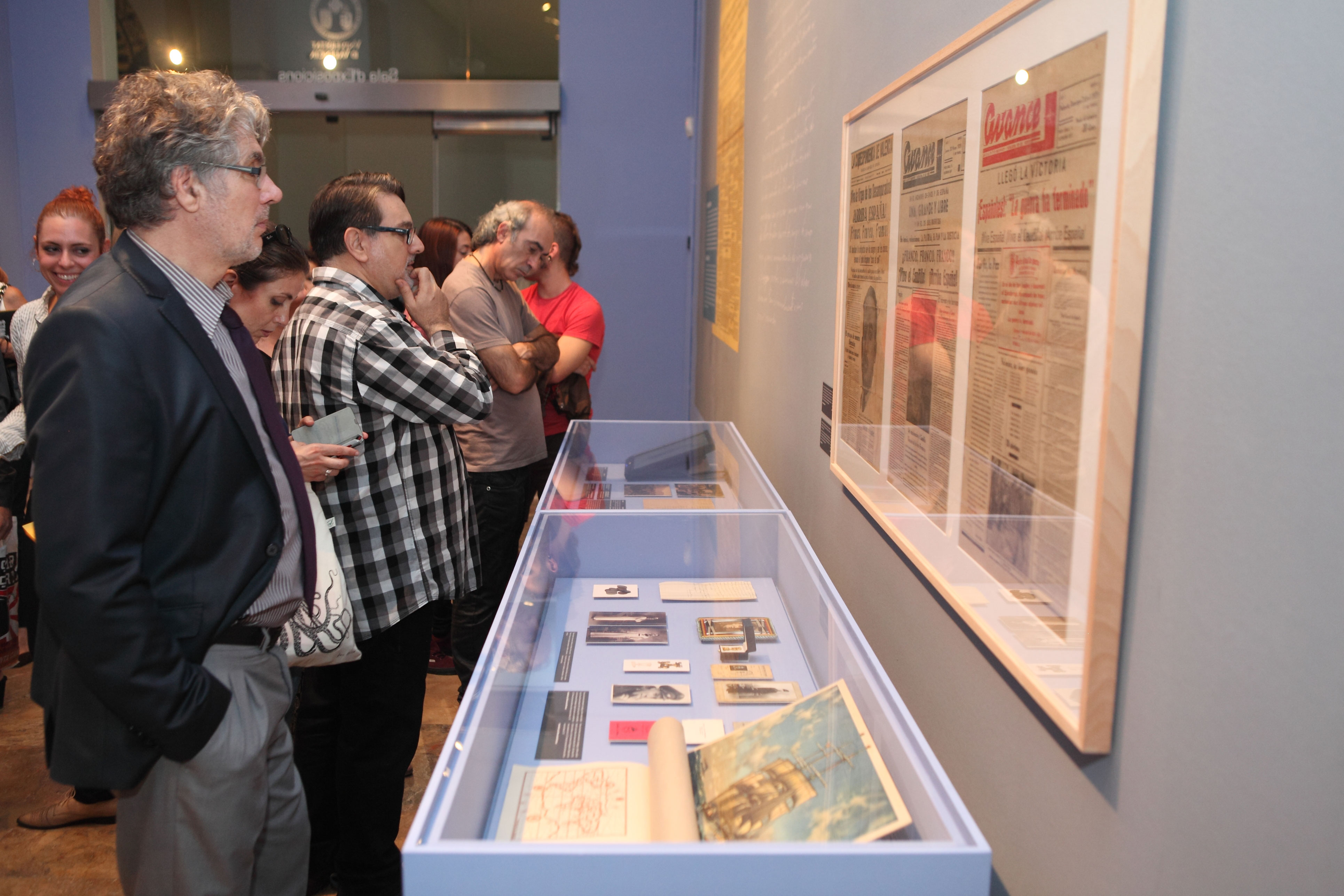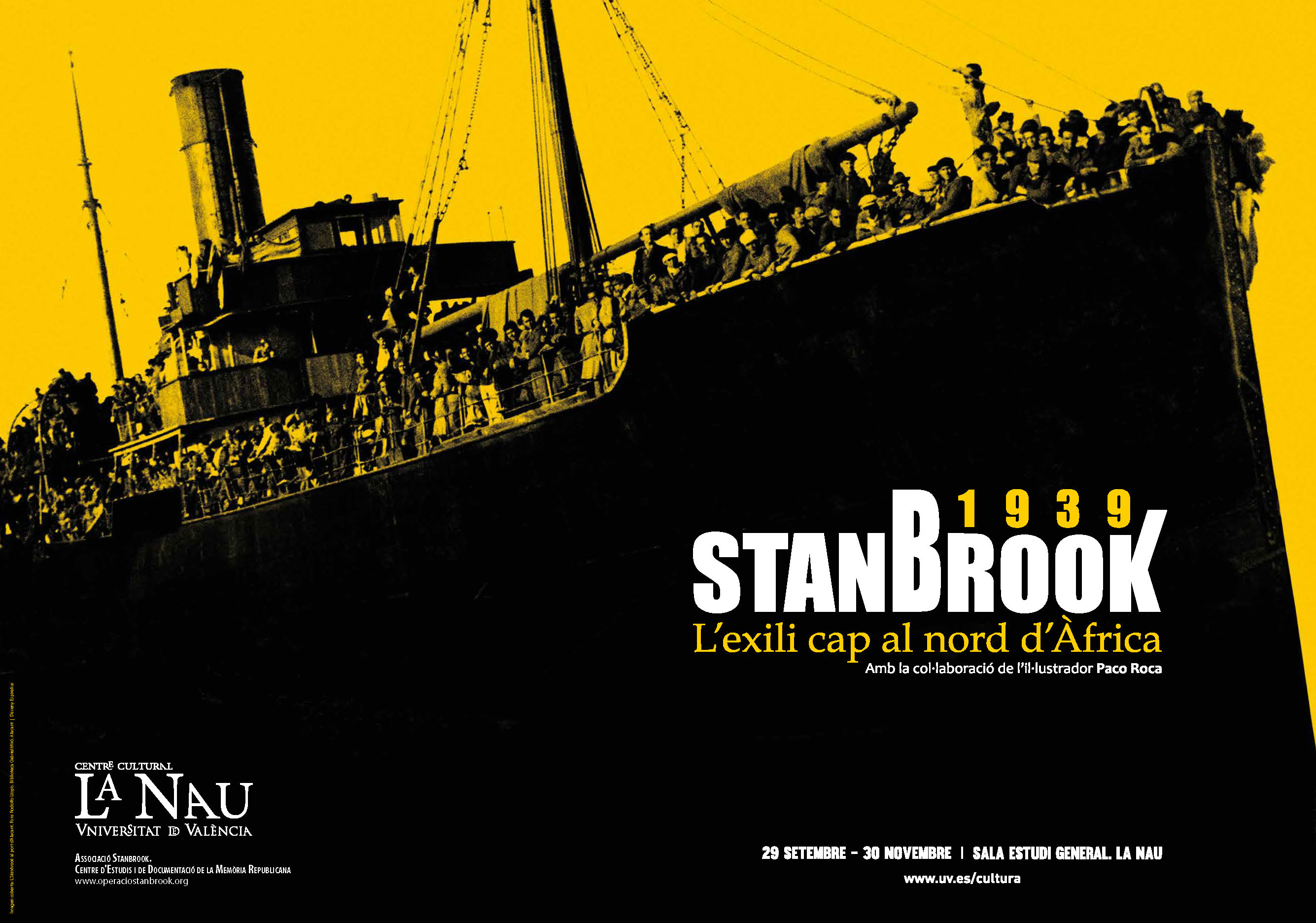
|
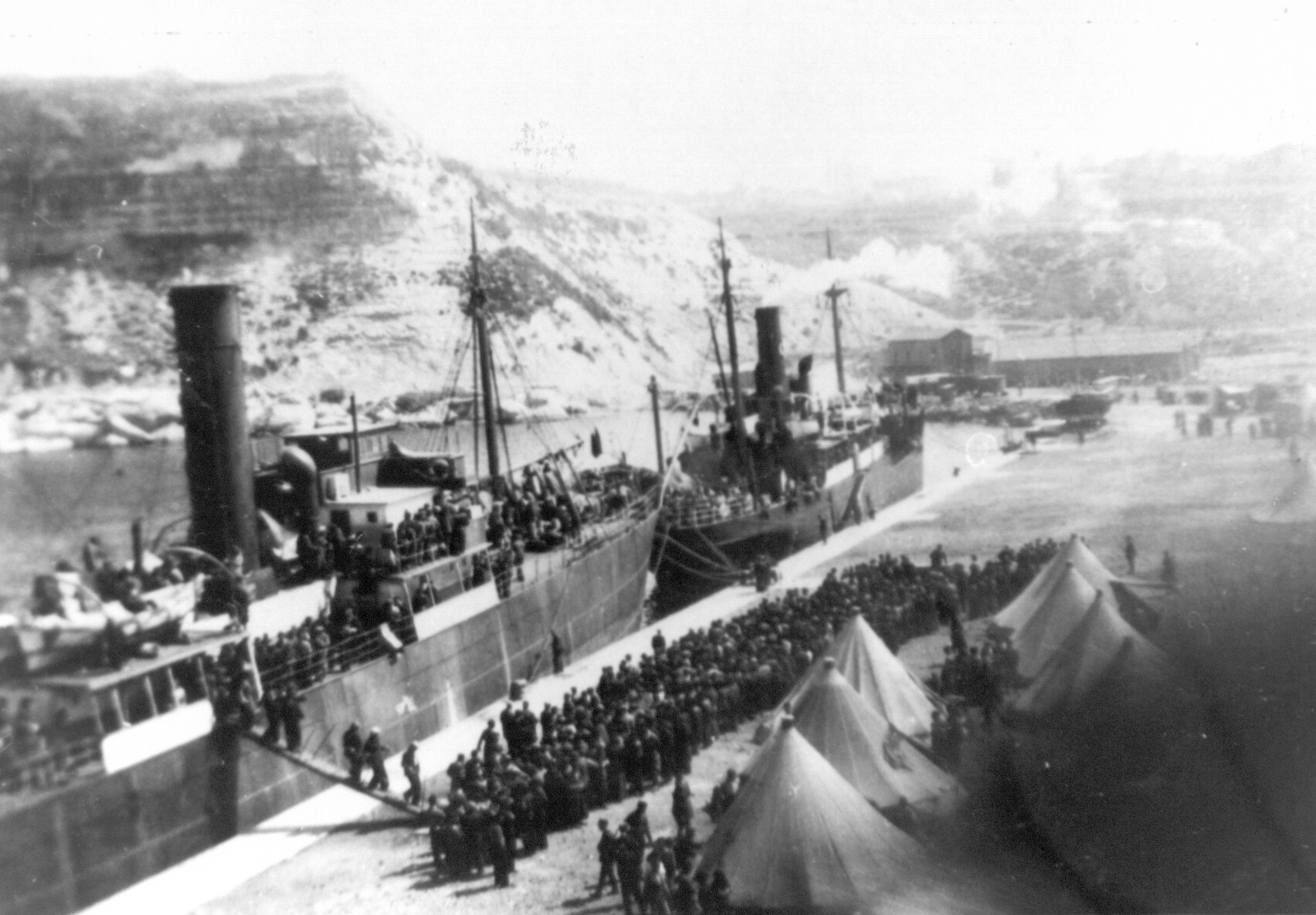
|
After the Battle of Teruel (December 1937-February 1938), the Franco troops also won the Ebro offensive (July-November 1938), for their material superiority, before a Republican powerless army due to the closure of the French border, which prevented them from being supplied, and to the international political change emerged from the Munich Pact, which left the Republic into the enemy hands, who started the conquest of Catalonia. Despite the success of the staggered retreat of Negrín and Rojo towards the Mediterranean ports, certain factors ( Casado’s militar coup, desertion of the Cartagena fleet, Menorca surrender, the Fall of Madrid) ruined the Republican expectations and the Fronts were defeated. The only hope was in the Levante Ports.
Three days after the desertion of the Republican fleet, on 5 March 1936, the Franco’s army blocked the Mediterranean zone and the access to the ships of the ports was practically paralyzed. However, forty ships of different types were able to dodge the blockade and 10.000 people reached the North-African Coasts.
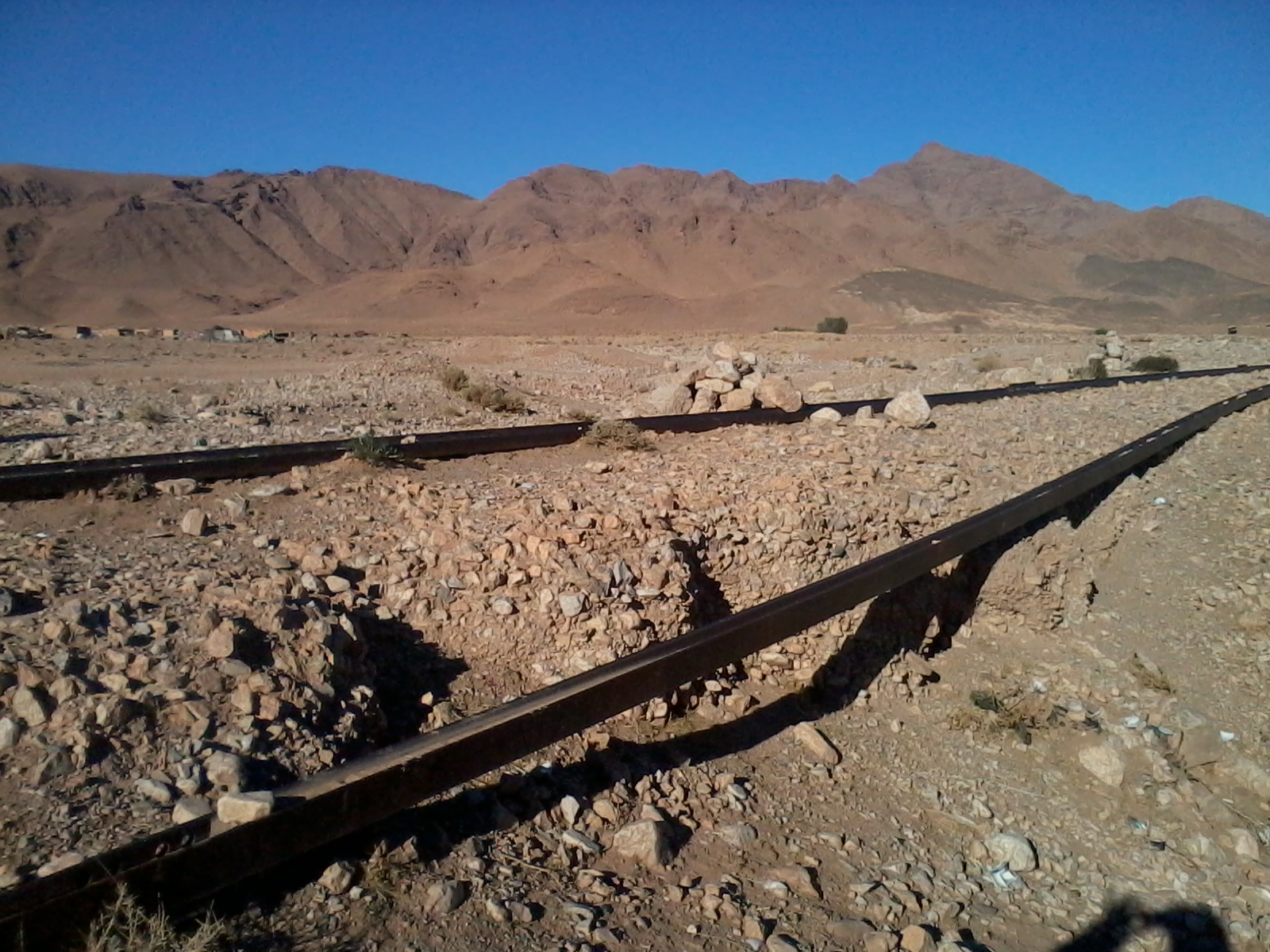
|
This great feat was undoubtedly the Stanbrook, a merchant ship of small tonnage, which achieved a greater feat, both for its magnitude in human terms and for the difficulties during the dangerous journey, an authentic odyssey full of risks in which the ship was about to sink due to the large excess of human load; and with the added difficulty of having to avoid the Franco’s fleet and bombs. If the ship arrived at destination was thanks to the skills of its Capitan, the Welsh Archibald Dickson.
The Stanbrook, a ship of the France Navegation shipping, had to load up tobacco, oranges and saffron in the Port of Alicante, but the Capitan stunned by the drama of thousands of Republicans crowded into the port desperate to get out of Spain, running away from reprisals, he decided to board the largest possible number of people.
Thus, it set sail to Oran on 28 March of 1939, at eleven o´clock at night and without lights to avoid the detection by Franco’s ship, carrying on board 2,638 people in a space for twenty crew members.
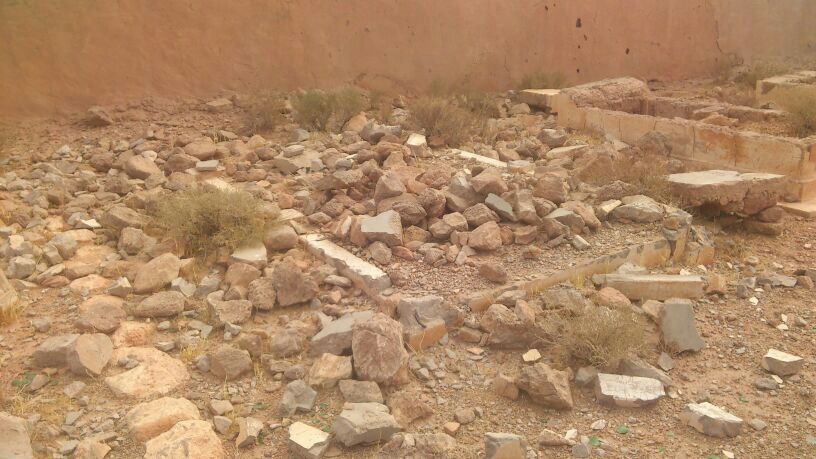
|
When the ship arrived at Oran, twenty hours after, the French authorities rejected the authorisation for the disembarkation of the passengers, however the efforts of the Socialist Rodolfo Llopis, who only get the authorisation for women and children, they left the ship. Given the deplorable sanitary conditions with the resulting risk of epidemics, nearly a month after the rest of passengers were authorised to leave the ship.
After such a long and painful experience, few imagined that their immediate destination was; interment in refugee camps, authentic concentration camps euphemistically named by the French authorities as reception centres; actually, forced labour camps where the exiled suffered inhumane conditions, abuse and all kinds of harassment, as they were considered by French conservatives a dangerous revolutionary mob, or very dangerous elements -communists and anarchists- who went directly to prisons like Kasserine or Fort Lyautey (now Kenitra).
But still, the things were even worst with the surrender and later collaboration of the Petain’s France, and it didn’t improve until the liberation of the territory by the Allies.
Through a series of objects, documents, maps, photographs, images, audio-visuals and illustrations by Paco Roca, the exhibition Stanbrook 1939. The Republican exile in the North of Africa wants to remember, reliably and didactically the odyssey of the Stanbrook’s journey and to analyse the sordid and painful destiny of its passengers: defeated, fugitives, exiled, abused and humiliated...they had to set up a new life.
